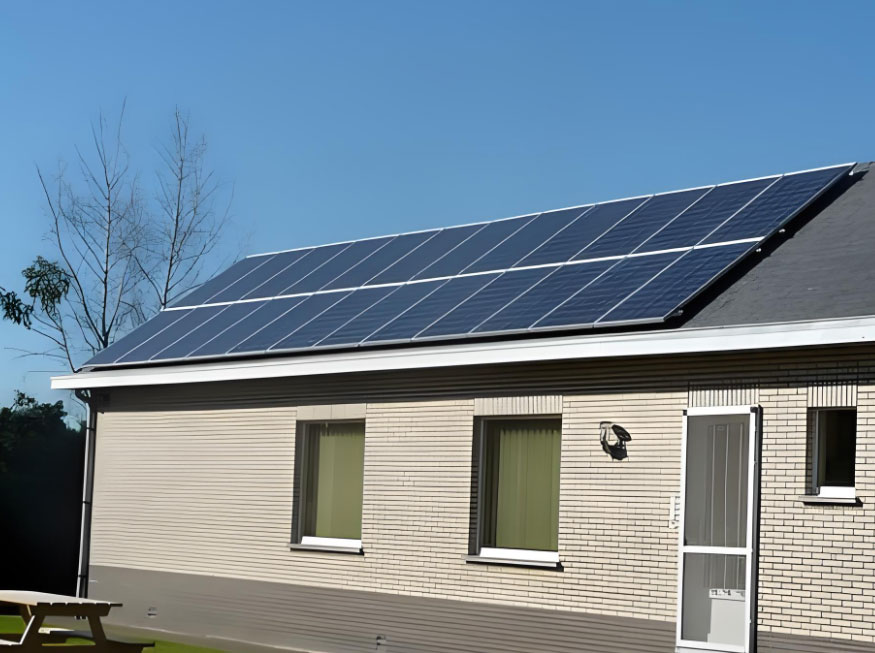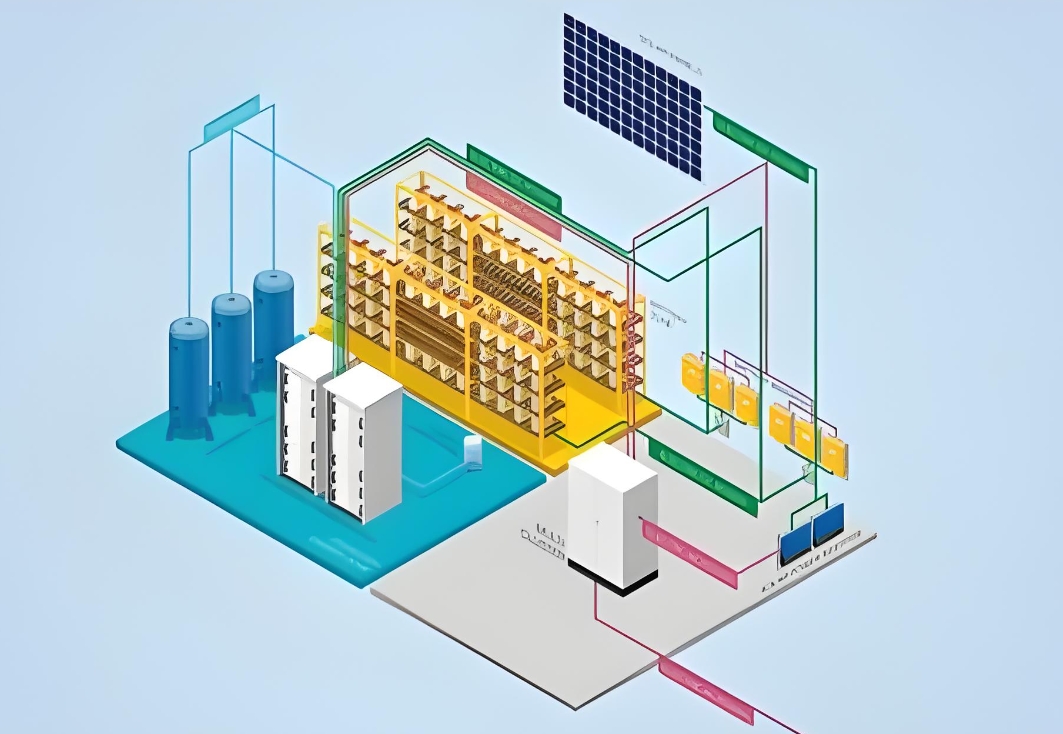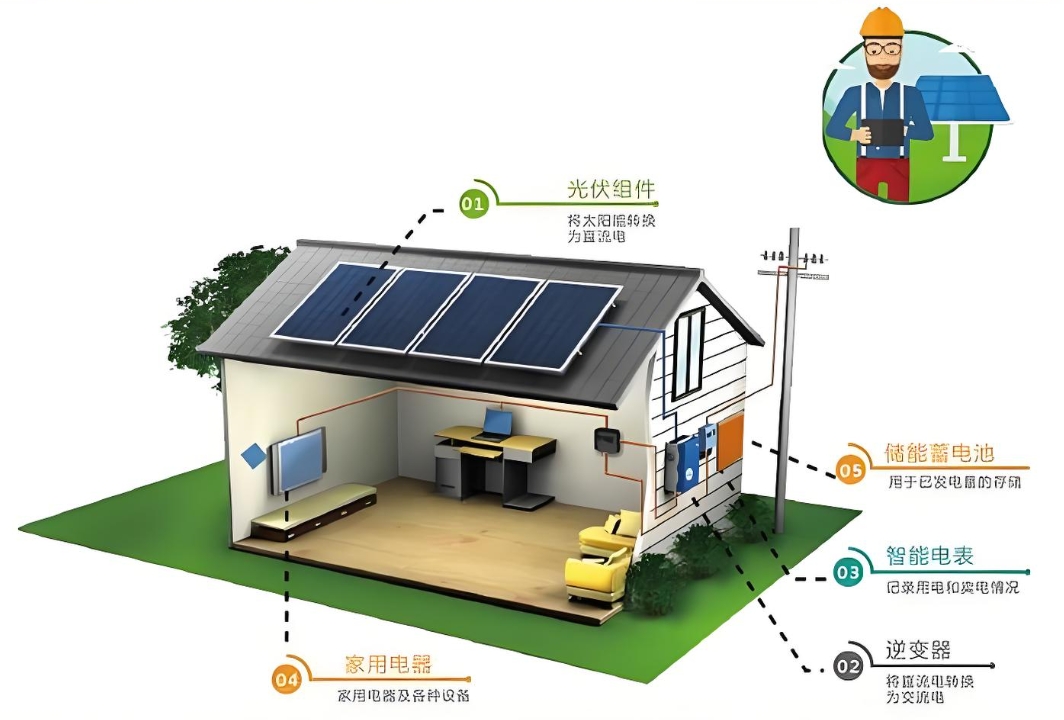Reliable Off-Grid Solar Energy Storage Systems: Power Your Remote Home 24/7
Introduction
For millions living in off-grid communities or areas with unstable electricity, daily life revolves around darkness, disrupted work, and limited access to modern essentials. Solar energy storage systems offer a lifeline—providing continuous, independent power without reliance on unreliable grids. Discover how these systems solve real-world energy challenges, from powering medical equipment to running water pumps, even in the most remote locations.
1. The Problem: Why Traditional Power Fails in Remote Areas
- Grid limitations: No infrastructure for electricity distribution in mountains, islands, or rural villages.
- Frequent outages: Unplanned blackouts damage appliances and disrupt livelihoods.
- Diesel dependency: Generators are noisy, polluting, and require costly fuel transport.
Real-Life Impact:
- Clinics cannot refrigerate vaccines.
- Students study by candlelight.
- Farmers struggle to irrigate crops.
2. How Solar Energy Storage Systems Work (Simple Breakdown)
A self-sustaining power ecosystem:
1. Solar Panels: Capture sunlight → Convert to electricity.
2. Battery Storage: Store excess energy for night/cloudy days (e.g., 10kWh lithium batteries power a home for 24+ hours).
3. Smart Inverter: Deliver stable AC power to run appliances.
Key Advantage:
- Zero grid connection needed – Install anywhere with sunlight.
- Silent & emission-free – No fumes, no noise pollution.

3. Critical Problems Solved by Solar Storage Systems
#### a) Emergency Power for Life-Saving Equipment
- Keep medical devices (ventilators, vaccine refrigerators) running during outages.
- Case Study: A clinic in rural Kenya maintained 100% uptime for neonatal incubators using a 5kW solar + 15kWh battery system.
#### b) Reliable Water Access
- Power submersible pumps to extract groundwater for drinking or irrigation.
- Example: A farmer in Bolivia irrigated 5 acres daily using solar-powered pumps, doubling crop yields.
#### c) Education & Connectivity
- Light classrooms, charge laptops, and power Wi-Fi routers for remote learning.
4. 3-Step Solution: From Sunlight to Stable Power
1. Assess Your Needs
- List essential appliances (e.g., lights, fridge, phone charger) and usage hours.
2. Choose Scalable Components
- Start small (e.g., 1kW system for basics) and expand as needed.
3. Professional Installation
- Mount panels on rooftops or ground racks; connect batteries and inverter.
Maintenance Made Easy:
- Automatic alerts for battery health checks.
- Rainwater naturally cleans panels in most climates.
5. Answering Your Top Concerns
Q: Will it work during rainy seasons?
A: Modern lithium batteries store 3-5 days of backup power. Pair with weather-resistant panels for cloudy climates.
Q: How long does installation take?
A: Most homes get operational within 2 days. No heavy machinery required.
Q: Can I power heavy appliances like microwaves?
A: Yes! Size your inverter to handle surge power (e.g., 3000W inverter for 800W microwaves).
### 6. Real-World Success Stories
- Family in the Amazon: Replaced smoky kerosene lamps with solar lighting, improving children’s study time and respiratory health.
- Tibetan Village: Installed a community solar microgrid, powering 20 households and a wool-processing workshop.
### Take Control of Your Energy Future Today
Don’t let unreliable power limit your potential. Our free remote energy assessment helps you:
✅ Calculate your exact power needs.
✅ Receive a customized system design.
✅ Connect with certified local installers.
→ [Get Your Free Assessment Now]


